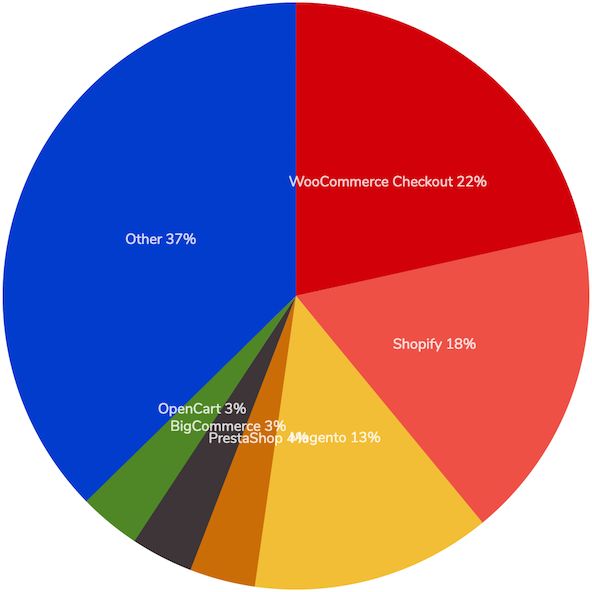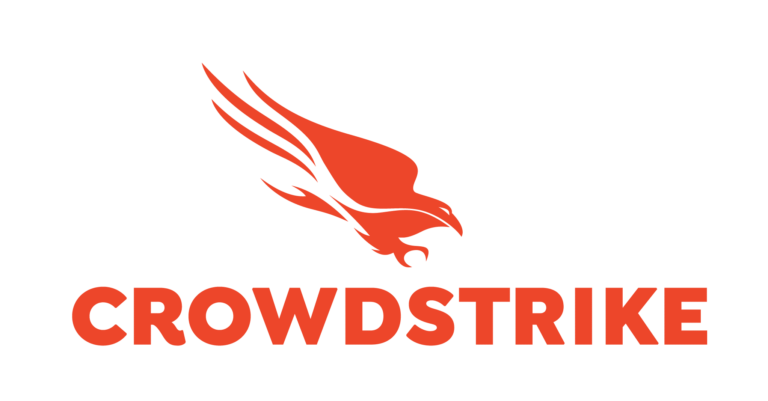Client: Revival Cycles
Framing the Problem:
To many consumers, online shopping is the best thing since sliced bread. No longer do we have to make the tiresome trek to a store just to wait in checkout lines – instead we’re able to simply click and be done (usually from the sofa or from the desk, if it’s a particularly slow afternoon in the office).
Consumers can thank companies like Amazon and eBay largely for leading the way with the radical change to e-commerce. However, in the wake of these online behemoths dramatically altering how we buy, all manner of smaller retailers were left with the common question: What do we do now?
How does a company move forward from the “Brick and Mortar” business model that has stood for centuries before while only able to look towards a handful of e-commerce platforms as guidance? Most business owners, especially small businesses, generally lack the technical know-how required in scaling to a “virtual storefront” model.
Early platforms like Etsy rose up to meet the needs of some of these small business owners; and, now platforms like WooCommerce, Shopify, and BigCommerce lead the way in e-commerce integration.
A Note on E-commerce
E-Commerce, just like in any physical storefront, is all about completing the sale and doing this over and over again. It is pretty straightforward in theory. However, the problem with e-commerce is that it is fighting with every other distraction online to convert “browsers” into “buyers.”
Physical stores have spent millions of dollars and hired research agencies to best optimize for purchasing. Online shopping is still rapidly developing, and doesn’t have decades of research history behind it to find the most optimal layout, signage, and even scent to make the sale.
While e-commerce growth is far outpacing retail, the vast majority of retail purchases still happen in physical stores:

Source: DigitalCommerce360
That is to say, for the relatively small percentage of sales that happen online, it is critical that you better optimize as much as possible.
E-commerce platforms, at the end of the day, must prevent against the abandoned cart problem. It obviously doesn’t do businesses any good to drive traffic to a site where nobody buys anything. Based on this very simple concept it is reasonable to say that the core functionality to judge any e-commerce platform is its ability to attract visitors and convert them into customers, or in other words to optimize sales conversions.

Case Overview:
Revival Cycles approached our PESO team with the question of whether or not their current e-commerce platform, Shopify, was best the best for the continued growth of their business. They had over $1 million in online sales, and a ton of original organic content, so they were doing several things right already.
However, would they perform better if they made the move to another provider, like BigCommerce? Were they using their media assets to their full potential? And was their e-commerce platform optimizing sales conversions?
It seems counter-intuitive but there isn’t one e-commerce platform that is simply The Best. The correct platform for a given business or industry in highly dependant on a myriad of factors. The simple fact is there is NO way of instantly “knowing” which is right for any given business.
This is why we are different: we do not pretend to “know” the answer to every client question, making decisions based on what sounds right, or blindly following whatever solution is currently trending. Our years of experience have taught us one thing time and time again: the only way to arrive at the correct solution is to find the right answer. Data is objective and the true equalizer – creating a hypothesis to test and measuring the results is the only way to provide true insight and deliver effective solutions for clients.
The most objective way to compare two platforms is to, well, compare them. And that doesn’t mean just making a list of features that each platform claims to have, it means a real world test with real customers. We set out to perform an A/B split test to determine which platform was best able to optimize and convert.
At first we set out to test the difference between the two most relevant e-commerce platforms, using Shopify as the control and BigCommerce as the test.
It is critical to be able to compare the platforms in an apples-to-apples manner, meaning stats had to be calculated identically for both platforms or the results would not be of any value.
After several rounds of back and forth with customer service on both sides we discovered that they both calculated the “Conversion Rate” in their dashboards differently (read “creatively”), and neither was particularly worried about matching the other’s criteria.
As a workaround to the conversion rate calculation problem and to ensure business continuity during the test we attached both platforms to a common inventory management system. This prevents one platform from selling a product that had already been sold on the other and vice versa. This would also allow us to easily crosscheck the conversion rates that our test framework reported for each platform.
Using Content to Drive Traffic
Let’s talk about leveraging content to drive traffic and conversion for a minute. If you have a site that has beautiful content and an optimized shopping experience, but no traffic, it doesn’t do the business any good. There are multiple channels to consider to drive traffic including social, email, paid advertising, and Search Engine Optimization (SEO) for organic search.
SEO is the most critical component to leverage content for traffic on e-commerce sites. And since Revival had a ton of organic content it was critical to squeeze every drop of SEO juice out of that content. While both e-commerce platforms have some version of a Content Management System (CMS) included, neither really measured up to the challenge of both delivering the client’s desired experience and optimizing the SEO value of the content. So we decided to include a third hybrid solution in the experiment: our own.

GoldenEgg is a proprietary content delivery platform developed at Victory Labs in cooperation with the Victory Data Science Group. We chose Contentful as the backend Content Management System (CMS) to primarily be used as a content and media management platform integrated with Amazon’s Elastic Beanstalk.
So, as a third variation in our experiment we used GoldenEgg frontend with Contentful backend for initial consumer experience and content consumption with links to products on BigCommerce for conversion.
So, did Shopify or BigCommerce prevail? The answer was neither!
When it was all said and done, GoldenEgg came out on top with a 3x conversion rate when compared to that of Shopify and BigCommerce alone. Why? While there are a large number of potential reasons to consider, based on our test it seems likely that the content experience on the website was the cornerstone of engagement and ultimately created the required stickiness to convert visitors to customers. So, the winning combination was an immersive visual experience that aligned with the brand messaging and appealed to the highly visual user base.
All things considered, is this solution the best one for every business? No! For a landscape as dynamic as digital, there is no prescriptive solution. The key takeaway is the importance of testing and measuring the potential solutions to find the correct answer for a specific business, e-commerce or otherwise.





